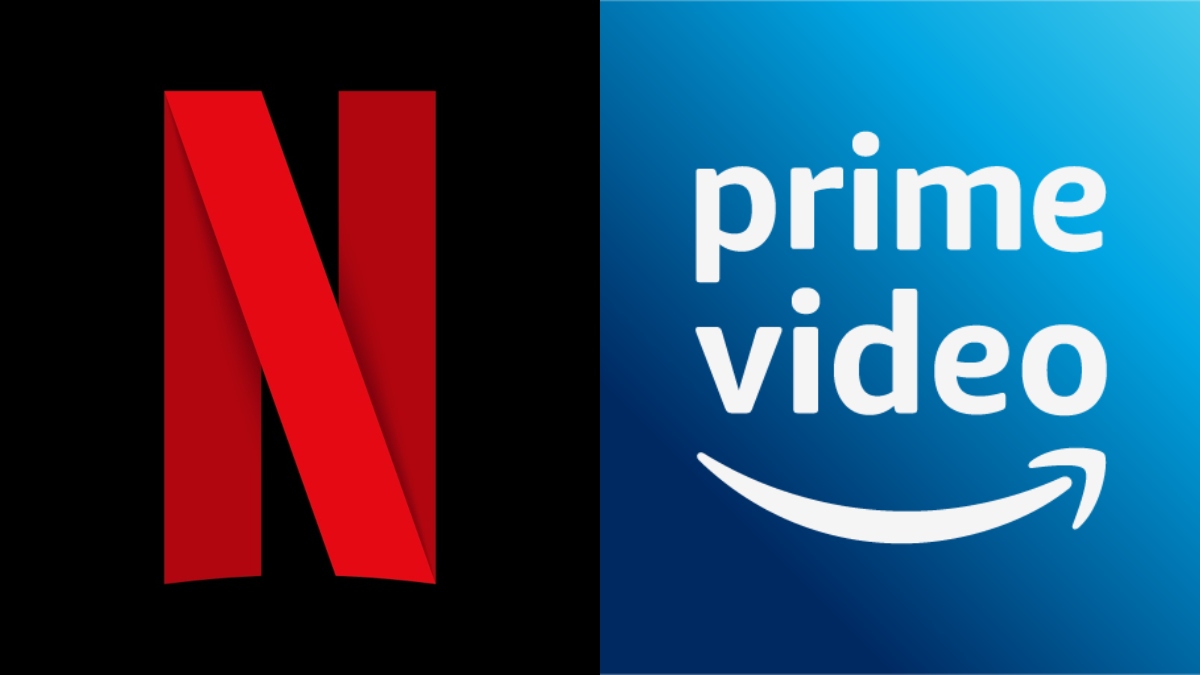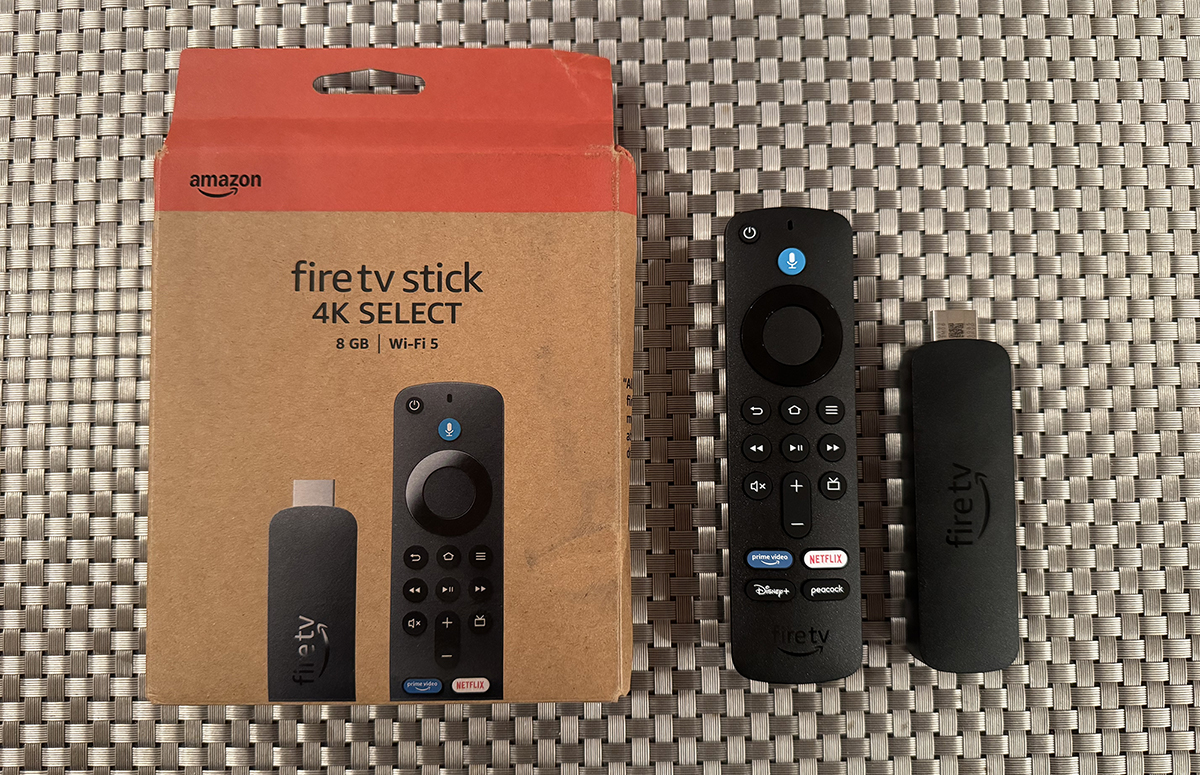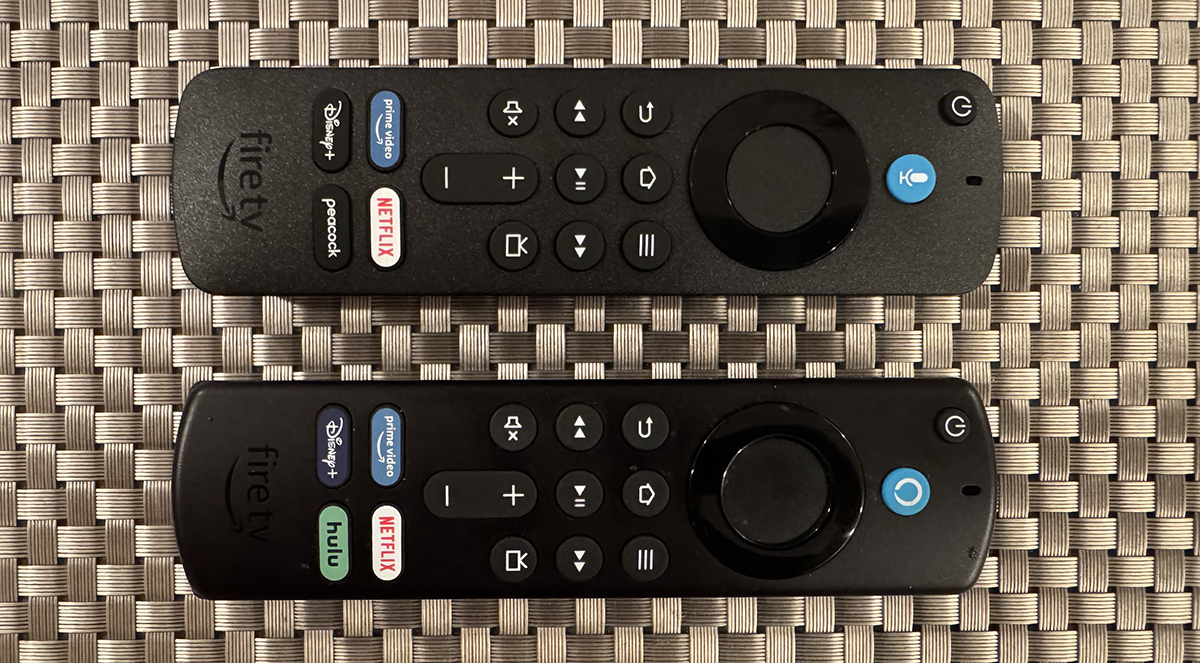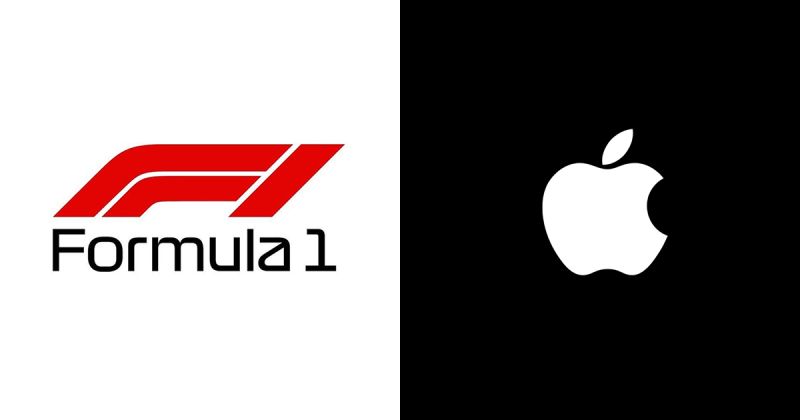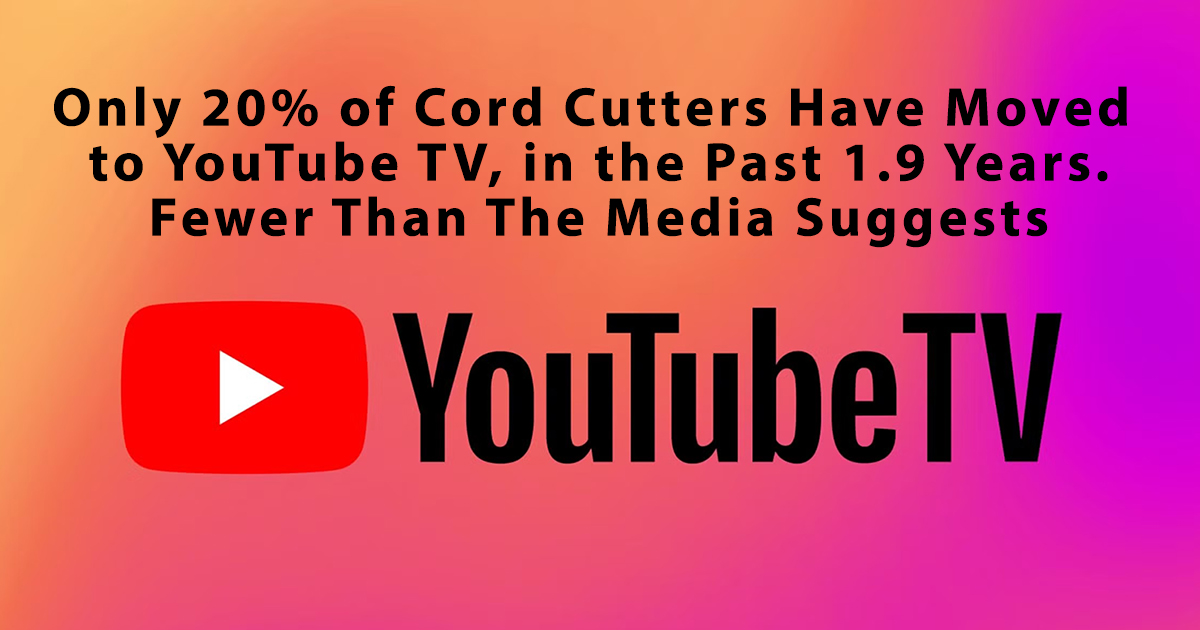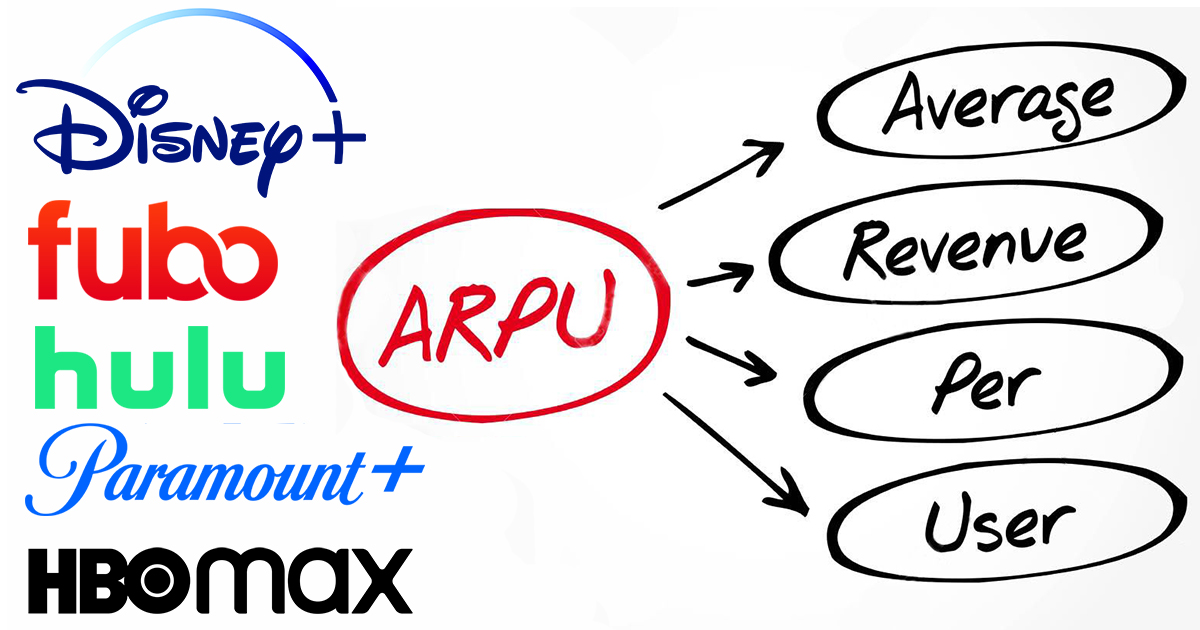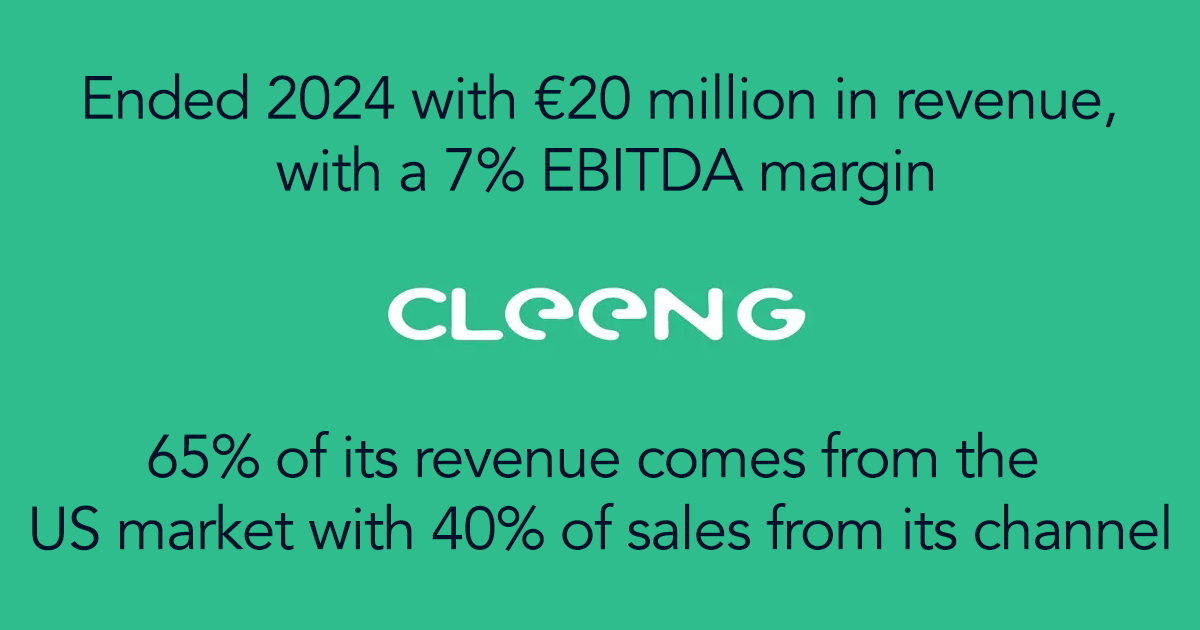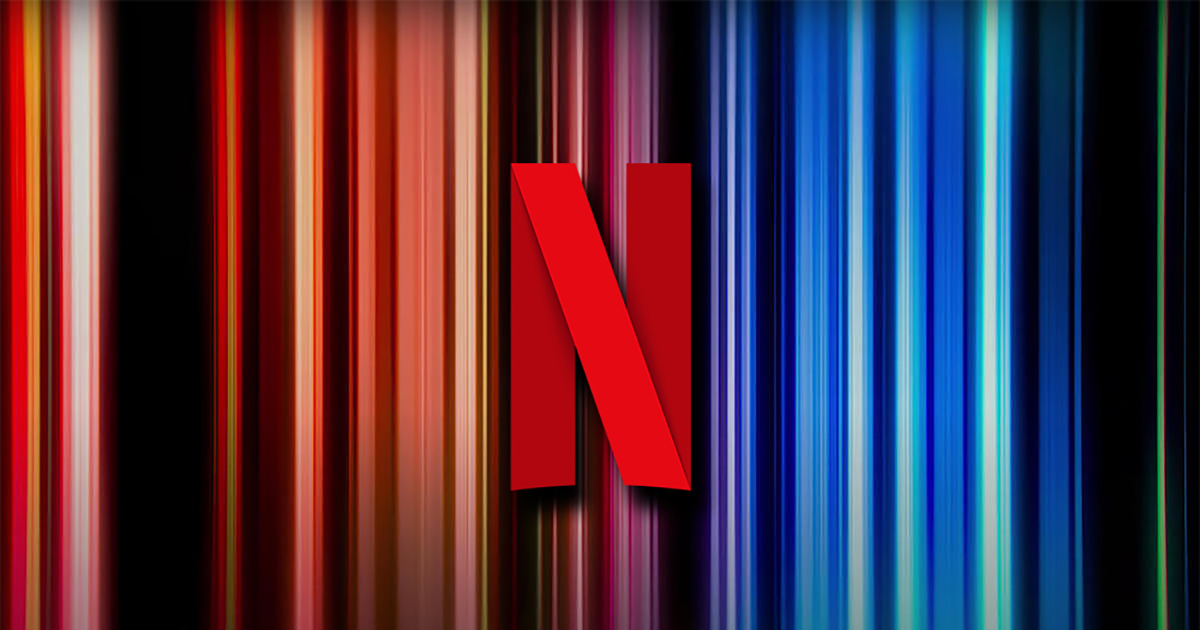
What is one of Netflix’s key advantages? It offers no discounts. Netflix has never offered the ability to sign up for a year and pay a lower price. It has also never provided special pricing around the holidays or at any other time during the year, nor offered discounts to students or members of the military. Along with price increases, Netflix’s pricing strategy is a key factor in its ARPU’s significant rise over the years, while other SVOD platforms have struggled to increase their ARPU, thereby impacting their profitability.
With Disney, Paramount, Peacock, and WBD routinely offering pricing discounts of up to 50% or more, they lose money from every subscriber who signs up with special pricing. Their long-term strategy is a gamble that they can retain the customer once the discount expires and generate revenue from the subscriber over multiple years. This strategy doesn’t always work, and Netflix never has to take that gamble.
In Q4 of 2020, Netflix’s ARPU in NA and Canada was $13.84. At the end of Q4 of 2024, Netflix reported an ARPU of $17.26, with price increases in 2022 and 2023. For comparison, Disney’s ARPU for Disney+ domestic in Q4 2022 was $6.10, and by Q4 2024, Disney+ ARPU had risen to only $7.70, with three price increases in 2022, 2023 and 2024. Disney’s price increases were higher than Netflix’s, and more often, and yet they still haven’t seen the ARPU growth that Netflix achieved.
It is also worth noting that in 2022, Netflix introduced its new AVOD plan for $6.99. Within two years, more than half of new Netflix subscribers signed up for the plan in countries where it is available, according to Netflix. And yet, Netflix’s APRU still grew, even with an unknown number of consumers, like myself, downgrading from a $19.99 plan to the $6.99 plan. While Netflix faced significant criticism from analysts and the media in its early years of streaming, with many suggesting that the company was missing out on signing up more subscribers due to a lack of discounting, Netflix’s pricing strategy was correct all along.
One could argue that Netflix’s “discount” strategy was allowing users to share their account, thereby building a base of users that could be converted to paid users over time. As we’ve seen from Netflix’s numbers, this strategy has been successful. And while Netflix doesn’t offer a monthly discount, users can pause their account for a maximum of three months, with the option to extend the pause one month at a time before it ends. For those who take advantage of pausing their account, that’s essentially a discount; however, we have no data from Netflix to indicate what percentage of users have ever utilized this feature.
As we’ve heard from Disney during their earnings calls, Disney’s ARPU growth has also been negatively impacted due to “wholesale” deals, where they receive lower payments per subscriber from carriers that offer free Disney+ accounts with home internet and wireless services. As Disney recently highlighted in an SEC filing, “Wholesale arrangements have a lower average monthly revenue per paid subscriber than subscribers that we acquire directly or through third-party platforms.” While Netflix also has some wholesale deals with Verizon, T-Mobile, Xfinity (Comcast), and Dish, insiders at these companies tell me that Netflix doesn’t offer the same level of discount on its wholesale pricing as Disney, or in some cases, doesn’t offer any discount at all. Netflix knows its service is the premium brand and the most essential OTT service in any carrier bundle.
Netflix is very selective about who it partners with on wholesale deals. In contrast, Disney was offering wholesale deals to anyone who wanted them, including TV and streaming device manufacturers, Walmart+, wireless carriers, ISPs, and even Salesforce, which gave away a free 12-month subscription to Disney+ just for streaming one session from their Dreamforce event in 2021. Disney has also given away, or offered highly discounted Disney+ subscriptions to Disney fan club members, including a 3-year lock-in price of $3.92 per month, when the service launched in 2019.
We’ve also seen similar discounts with Peacock’s streaming service. In the lead-up to the 2024 Olympics, Peacock offered a special one-year deal priced at $19.99, representing a 66% discount from the list price. Comcast’s goal was to utilize the Olympics to expand the subscriber base for Peacock, with the hope that new subscribers would remain on the platform after one year and then pay the full price. The company gained 3 million net new subs in Q3 of 2024, but then saw no net new subs in Q4. With the special one-year deal expiring last quarter, it will be interesting to see the number of Peacock subscribers Comcast reports in its earnings on October 30th and whether Comcast will discuss how many discounted subscribers who signed up just before the Olympics are still active customers.
As consumers, we all like discounts. However, they would not have helped Netflix’s balance sheet, and the company knew it. Netflix has always played the long game with its business, and its pricing strategy has been executed perfectly to date. Here’s a list of APRU numbers from all the streaming services that disclose them.
